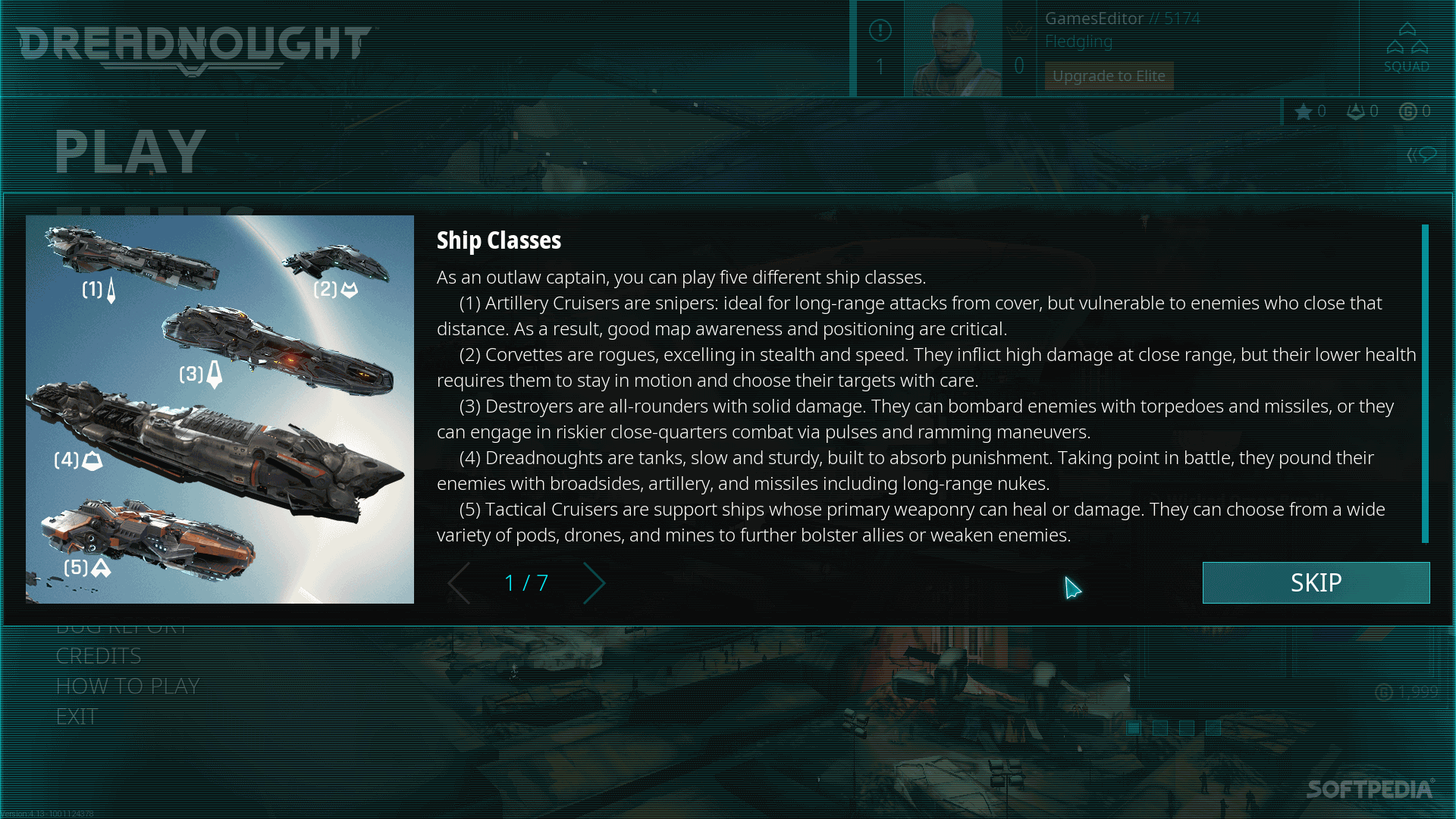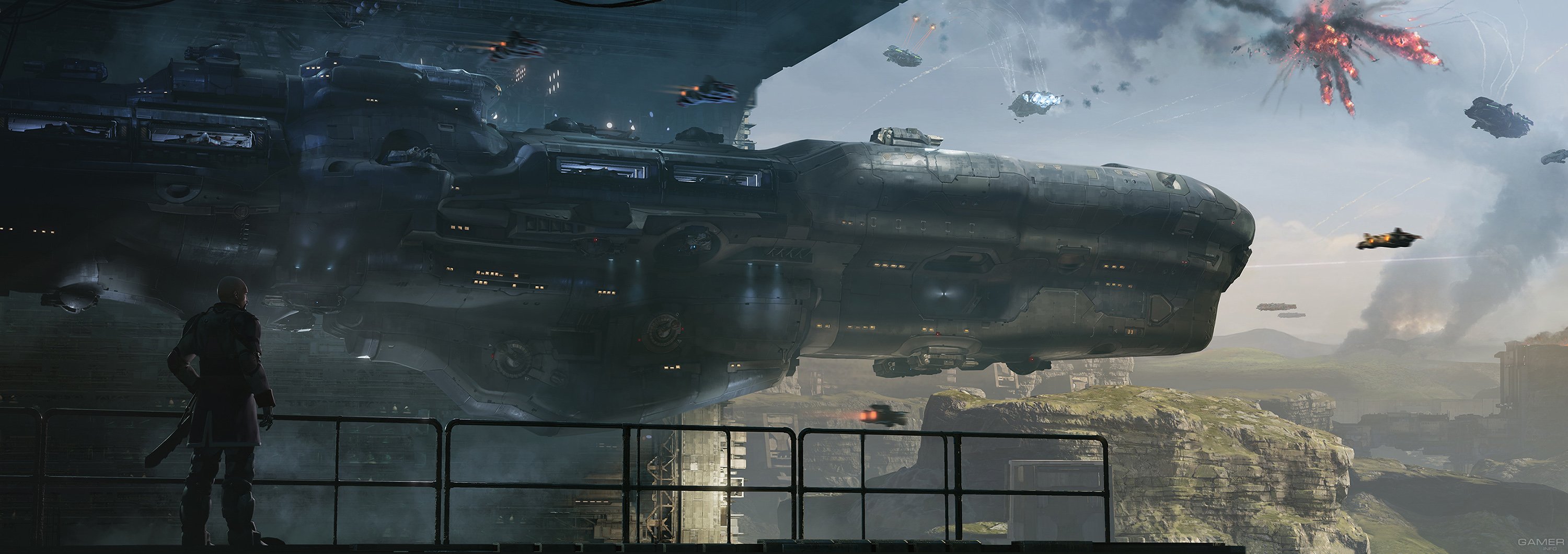


These attitudes quickly changed when the circumstances warranted when Chile joined Peru against Spain in the Chincha Islands War, the Spaniards blockaded and bombarded Valparaíso, leading the Chilean government to strengthen the navy. Both countries were incapable of enforcing these claims with a seaborne force, though: in 1860, the Chileans had only five small vessels, while the Argentine Navy had no seagoing ships. See also: Boundary treaty of 1881 between Chile and Argentina and Argentina–Chile relationsĬonflicting Argentine and Chilean claims to Patagonia, the southernmost region in South America, had been causing tension between the two countries since the 1840s. This did not last, as the Brazilian government's attempt to rebuild its naval forces sparked another naval arms race, involving all three countries ordering revolutionary new dreadnoughts-powerful battleships whose capabilities far outstripped older vessels in the world's navies. The pacts proved to be the answer to the Argentine and Chilean disputes, as the countries enjoyed a period of warm relations. Both governments sold or canceled the ships they had ordered, and three major warships were mostly disarmed to balance the fleets. The race ended in 1902 with the British-arbitrated Pacts of May, which contained a binding naval-limiting agreement. The naval arms race unfolded over the next several years, with each country buying and ordering vessels that were slightly better than the previous ship, but the Argentines eventually pulled ahead with the acquisition of four Garibaldi-class cruisers.

Argentina responded a year later with an order for two battleships of its own. They planned to add to it with an 1887 appropriation for one battleship, two protected cruisers, and two torpedo gunboats. By the beginning of the 1880s, after the War of the Pacific, the Chilean government possessed possibly the strongest navy in the Americas.

During this time, diplomatic relations between Argentina and Chile soured due to conflicting boundary claims, particularly in Patagonia. In the late nineteenth and early twentieth centuries, the South American nations of Argentina and Chile engaged in an expensive naval arms race to ensure the other would not gain supremacy in the Southern Cone.Īlthough the Argentine and Chilean navies possessed insignificant naval forces in the 1860s, with zero and five warships, respectively, Argentina's concern over a strong Imperial Brazilian Navy and the Chilean war against Spain caused them to add capable warships to their fleets in the 1870s. 1893, was laid down in 1890 as part of the developing naval arms race between Argentina and Chile


 0 kommentar(er)
0 kommentar(er)
